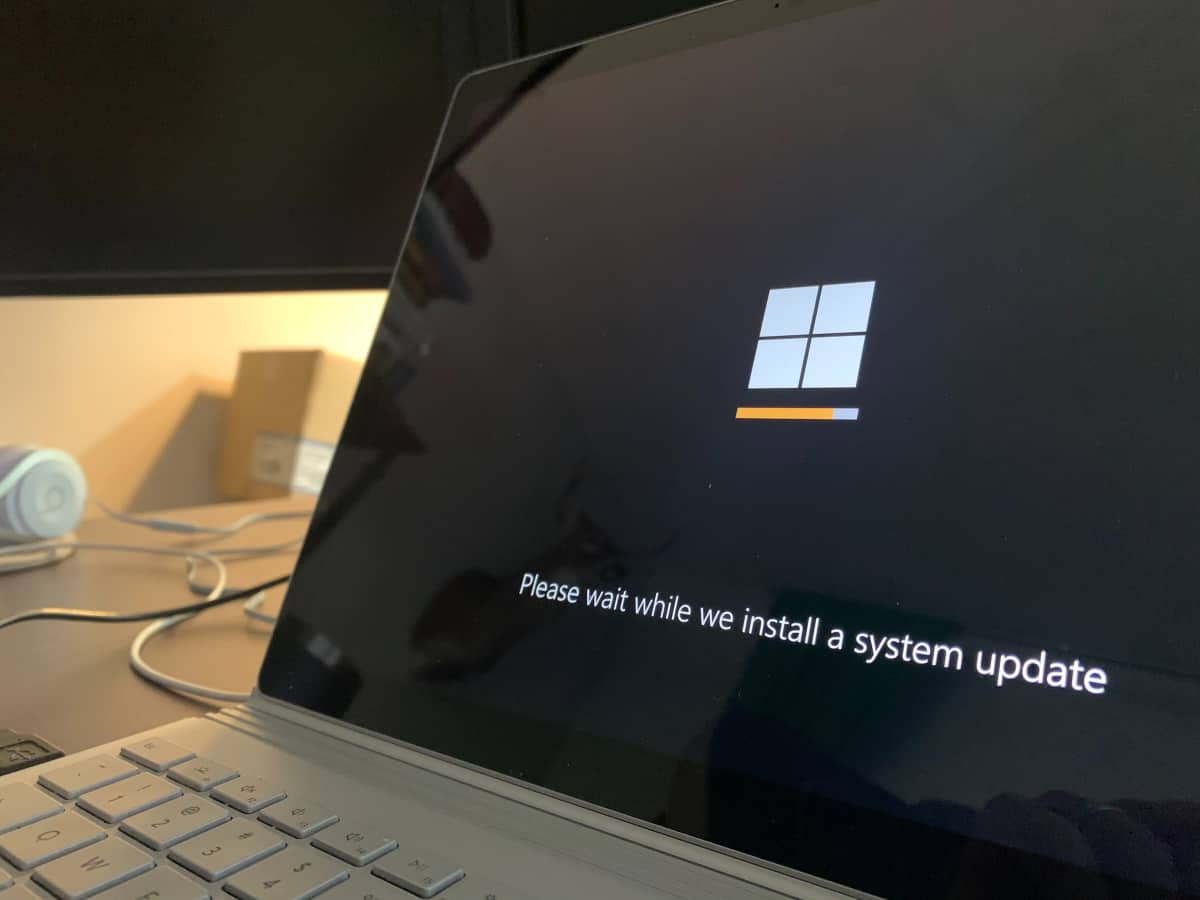Microsoft announced a fundamental change to Windows Updates. The built-in service delivers updates to millions of Windows devices throughout the world.
Starting with the release of this year’s feature update, most Windows updates will become considerably smaller. To better understand the change, it is important to look at the current situation.
Cumulative updates for Windows 11 include all the changes since the last RTM release of the operating system. This means that they contain fixes and changes that may have been installed already on a device.
Good to know: the planned change applies to Windows 11 version 24H2 and Windows Server 2025. Future client and server Windows releases will also make use of the new functionality.
Windows 11 Checkpoint Cumulative Updates
Checkpoint Cumulative Updates for Windows 11 change that. The core idea here is that Microsoft will make certain updates checkpoint updates. These move the base version so that older fixes and patches are no longer included.
Technically, Microsoft is changing update packages so that they only contain the differentials since the previous checkpoint cumulative update. The effect, says Microsoft, is saved time, bandwidth, and hard drive space.
A given Windows 11 release may have multiple checkpoint updates during its lifecycle according to Microsoft. The servicing stack of a Windows 11 release “can merge all checkpoints and only download and install content that’s missing on the device” according to Microsoft.
This new technology does not require changes on devices. Microsoft says that the new system works with Windows Update, Windows Update for Business, Windows Autopatch, and Windows Server Update Services. All tools and services used will work as usual after the change lands.
Administrators and users who download updates from the Microsoft Update Catalog website may notice that multiple are provided for specific versions of Windows. Microsoft reveals that one update file will be provided for each checkpoint and another that contains the cumulative payload since the latest checkpoint update.
Closing Words
The improvement to the delivery of updates for Windows 11 and Windows Server 2025 makes updates smaller in most cases. This means faster downloads and installs of Windows updates going forward.
Microsoft introduced a change back in 2021 for Windows 11 that cut the average size of updates by about 40%. It introduced the same change for Windows 10 in 2024. The new checkpoint system makes updates even smaller, as it uses the checkpoints to compute binary differentials.
All in all, this looks like a positive change for most system administrators and home users. Only users who download updates from the Microsoft Update Catalog website may have more work at hand as they need to manage multiple update packages now.
You can check out Microsoft’s announcement about the change here. Microsoft has not revealed if the change will also land on Windows 10.
What is your take on the new checkpoint cumulative updates system? Feel free to leave a comment down below.
Summary

Article Name
Windows Updates will be smaller after the release of Windows 11 version 24H2
Description
Microsoft announced a fundamental change to Windows Updates. The built-in service delivers updates to millions of Windows devices throughout the world.
Author
Martin Brinkmann
Publisher
Ghacks Technology News
Logo

Advertisement
